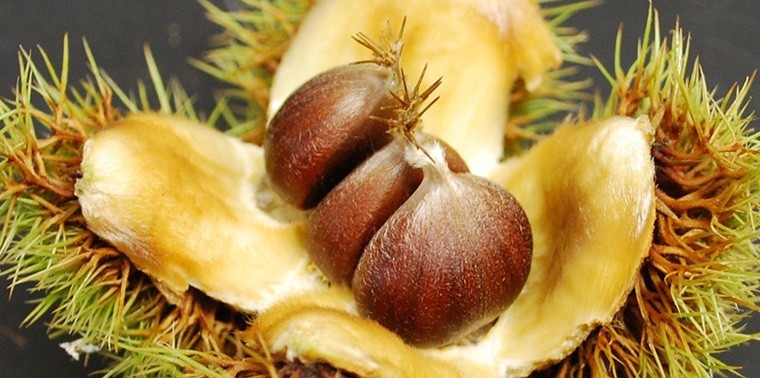Note from Storm: You won’t find many folks more opposed to the efforts of giant corporations like Monsanto, Cargill, and DuPont to deny consumers to right to know what’s in their food. The way they have strong-armed U.S. federal agencies into bypassing proper testing of engineered foodstuffs for public safety is shameful and (should be) criminal. It dates back to the Clinton administration: Monsanto was Bill Clinton‘s largest single presidential campaign contributor.
That said, we shouldn’t let political corruption and irresponsible business leadership blind us to the underlying science. So, I’m not advocating the use of genetic engineering in the saving of endangered species. I am advocating that we acknowledge our responsibility in putting them on the brink of extinction, and that we explore all possibilities for undoing the damage before giving up on them. I’m old enough to remember what towns used to look like, with American Elm-lined streets. I, for one, would like to bring back this magnificent tree, which humans almost wiped out by introducing a disease from Europe.
From the article: The regal American chestnut once reached across the deciduous forests of the Appalachians and Eastern Seaboard. Its abundance was astonishing: Up to one in four of every large tree in eastern forests was a chestnut.
Birds nested in its branches. Squirrels and other small mammals clambered over its limbs. Bears, deer, turkeys, blue jays and squirrels ate its massive and consistent nut crop. Rural people gathered the nuts and logged the trees for their straight-grained, rot-resistant timber. The American chestnut was king of the eastern forest, a keystone species for humans and nature alike.
Then, probably in 1876, the fungus Cryphonectria parasitica escaped from a shipment of chestnut seeds from Japan. The fungus spread to American chestnuts, which — unlike their Asian counterparts that had co-evolved with the fungus — had no resistance. Within 50 years, the blight killed more than 3 billion American chestnuts. Except for saplings that periodically sprouted from diseased stumps and then died back, the chestnut had effectively disappeared from North American forests.
Beginning in the 1920s, government researchers tried crossing survivors with Asian chestnuts to produce disease-resistant trees that in all other ways resembled American chestnuts. Their efforts failed to yield a tree that both resisted disease and thrived in American forests. Later, the American Chestnut Foundation labored for decades to produce such a hybrid.
But in the 1990s, biologist William Powell tried a different approach. Powell used a bacterium to insert the genes for disease resistance into the American chestnut genome. In other words, Powell created a genetically modified organism that resembled an American chestnut in every way except that it resisted the chestnut blight as well as any Asian tree.
In trying to engineer blight resistance in chestnuts, Powell realized the fungus created fatal cankers by the production of oxalic acid. So he looked for a gene that detoxified the acid. It turns out the gene is widespread in nature. But he didn’t find it in an Asian breed of chestnut; he found it in wheat.
This ability to look to unrelated species for solutions is one of the advantages of genetic engineering over traditional crossbreeding. “We can actually go a little further afield looking for resistance genes,” says Powell. “In breeding you’re basically limited to species that you can either cross naturally or force to cross.”
Another advantage: speed. Other researchers spent decades crossing American and Asian chestnuts to acquire resistance, then had to backcross the hybrids with American chestnuts to re-acquire traits of the American chestnut that had been lost.

